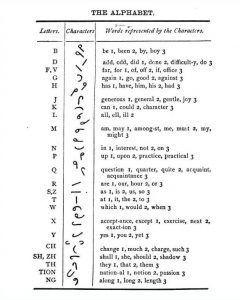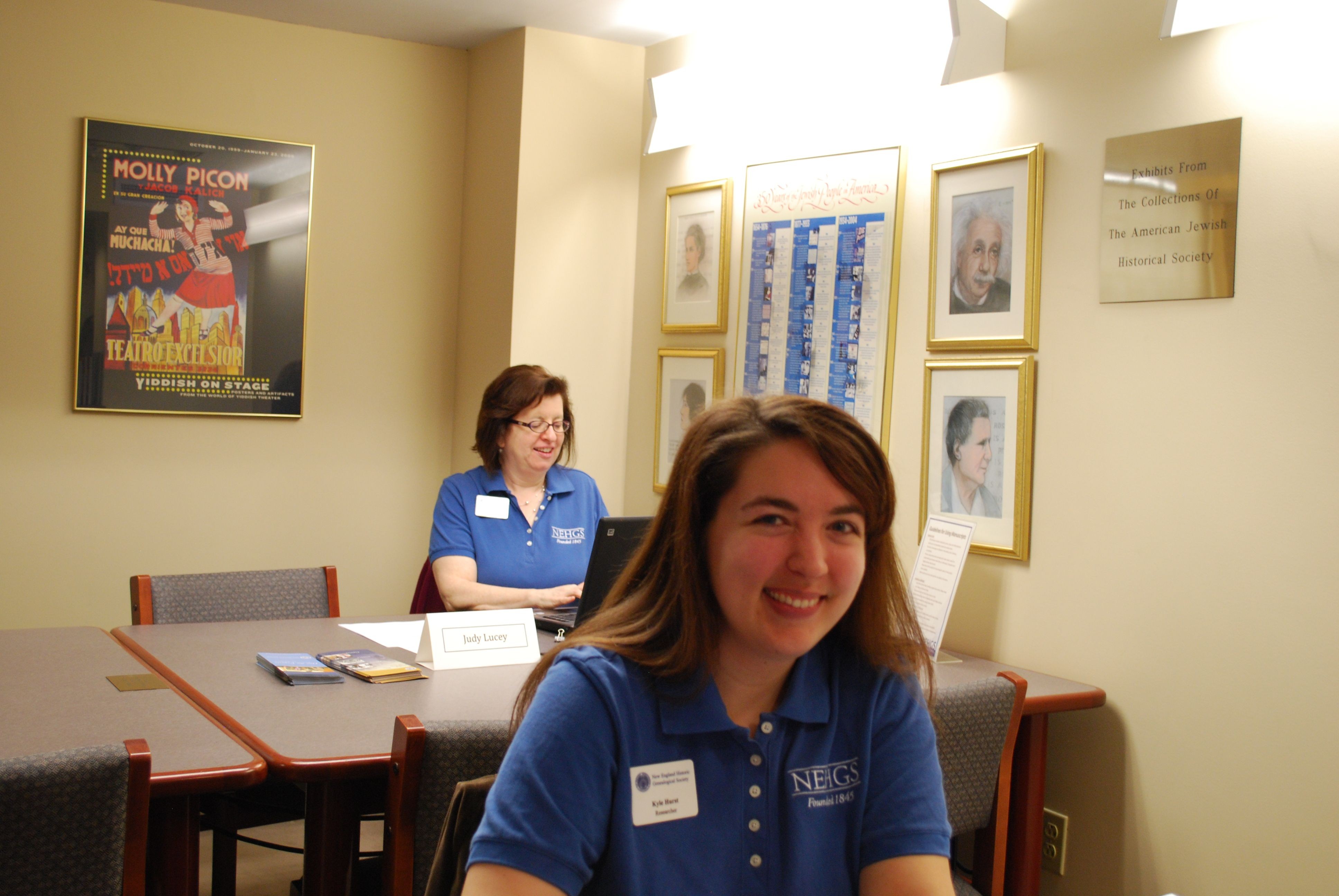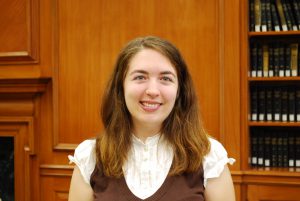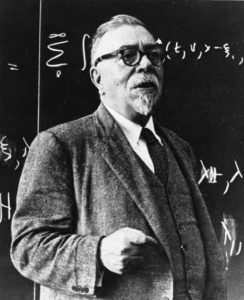
Vita Brevis readers may remember from some of my older posts that my husband is an attorney who happens to be blind (he who I have disparaged occasionally with all love and affection). Recently he has been qualified as a candidate for the implantation of the Argus II Retinal Prosthesis System.[1] Once the surgery is completed, he will perhaps be only the fifth person in Boston to receive the implant and certainly the first in Maine. While this extremely new technology will not restore his sight, it will give him the ability to “see” images as patterns of light. I will still be the 20-something blonde I’ve always been (HAH!), but will appear as a glowing configuration of dot matrix lights! Continue reading Yesterday’s gone






